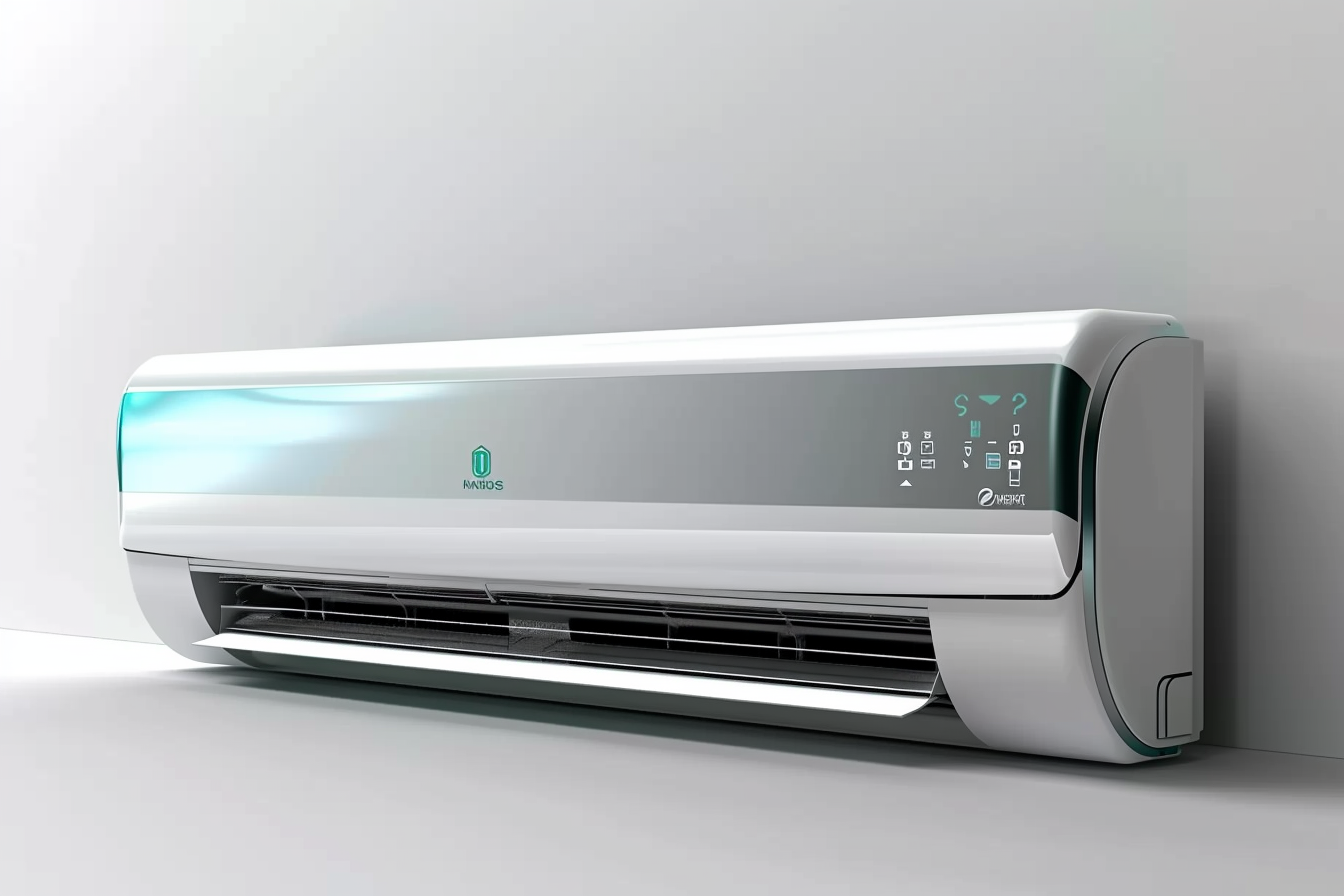What to Know Before Buying a Bank-Owned Property
Bank-owned properties, also known as Real Estate Owned (REO) properties, represent unique opportunities in the Canadian real estate market. These homes become available when lenders take possession following unsuccessful foreclosure auctions, offering potential buyers access to properties that may be priced below market value. However, purchasing these properties requires careful consideration and thorough preparation.

Understanding the Pros and Cons of Buying Bank-Owned Properties
Bank-owned properties offer several advantages that attract Canadian homebuyers. The primary benefit is potential cost savings, as banks are motivated to sell these properties quickly to recover their losses and remove them from their books. Additionally, buyers typically don’t need to deal with emotional sellers, as banks approach transactions from a purely business perspective. Clear title transfer is another advantage, as banks ensure all liens and encumbrances are resolved before listing.
However, these properties come with notable disadvantages. Banks typically sell properties “as-is,” meaning they won’t make repairs or provide warranties. The condition of these homes can vary significantly, as previous owners may have neglected maintenance or even damaged the property intentionally. Limited disclosure about the property’s history and condition is common, requiring buyers to conduct extensive due diligence.
How to Assess the Condition of a Bank-Owned Home
Thoroughly evaluating a bank-owned property’s condition is crucial for making an informed purchase decision. Start with a comprehensive visual inspection of both interior and exterior elements. Look for signs of water damage, structural issues, electrical problems, and HVAC system functionality. Pay special attention to the roof, foundation, plumbing, and windows, as these represent potentially expensive repairs.
Hiring qualified professionals for detailed inspections is essential. A certified home inspector can identify hidden issues that may not be immediately apparent. Consider specialized inspections for electrical, plumbing, and HVAC systems if concerns arise. Document all findings thoroughly and obtain repair cost estimates from licensed contractors. This information will be valuable for negotiating the purchase price or determining if the property is worth pursuing.
Common Pitfalls to Avoid When Purchasing Bank-Owned Real Estate
Several common mistakes can turn a potentially good deal into a financial burden. Failing to research the property’s history thoroughly is a significant oversight. Investigate previous ownership, foreclosure timeline, and any legal issues that may affect the property. Skipping professional inspections to save money often leads to expensive surprises after purchase.
Another pitfall is underestimating repair and renovation costs. Create detailed budgets that include materials, labor, permits, and unexpected expenses. Many buyers also fail to consider the neighborhood’s condition and future prospects. A property in a declining area may continue to lose value regardless of improvements made.
Overlooking financing requirements specific to bank-owned properties can also create problems. Some lenders have stricter requirements for these purchases, and cash offers are often preferred by selling banks.
| Property Type | Average Discount from Market Value | Typical Condition | Estimated Additional Costs |
|---|---|---|---|
| Move-in Ready REO | 5-15% below market | Good to excellent | $2,000-$8,000 |
| Minor Repairs Needed | 15-25% below market | Fair to good | $8,000-$25,000 |
| Major Renovation Required | 25-40% below market | Poor to fair | $25,000-$75,000+ |
| Severely Distressed | 40%+ below market | Poor | $50,000-$150,000+ |
Prices, rates, or cost estimates mentioned in this article are based on the latest available information but may change over time. Independent research is advised before making financial decisions.
Financing and Legal Considerations
Securing financing for bank-owned properties may require different approaches than traditional home purchases. Many banks prefer cash offers, which can close faster and eliminate financing contingencies. If financing is necessary, pre-approval becomes even more critical, as banks want assurance that deals will close successfully.
Working with experienced real estate agents familiar with REO transactions can provide significant advantages. These professionals understand bank procedures, typical timelines, and negotiation strategies specific to institutional sellers. Legal representation is also advisable, as bank-owned property contracts often contain different terms and conditions than standard residential purchases.
Making Your Offer Competitive
Crafting competitive offers for bank-owned properties requires understanding what motivates institutional sellers. Banks prioritize certainty of closing over maximum price, making strong financial qualifications and minimal contingencies attractive. Quick closing timelines, typically 30 days or less, are often preferred.
Consider including escalation clauses if multiple offers are expected, but ensure you have thoroughly evaluated the property’s true value first. Avoid excessive contingencies that could delay or complicate the transaction. Banks are less likely to negotiate on price but may be flexible on closing dates or other terms that don’t affect their bottom line.
Successful bank-owned property purchases require patience, thorough preparation, and realistic expectations. While these properties can offer excellent value, they demand careful evaluation and often significant additional investment to reach their full potential. Working with experienced professionals and conducting comprehensive due diligence will help ensure your bank-owned property purchase becomes a successful investment rather than an expensive mistake.




